Shinise Ryokan 'Iwaso', Miyajima, Hiroshima
Miyajima, the world heritage
Since ancient times, Miyajima has been regarded as one of the "Three Most Beautiful Spots" of Japan, and as a part of the Seto Inland Sea National Park, it has received several distinctions, such as a place of extraordinary scenic beauty, exceptional history, a scenic preservation area, and a natural monument. The virgin forests neighboring Mt. Misen are representative of the lush greenery and abundance of nature which still covers the entire island even now. Take a stroll in town, and the sights of the souvenir shops and ryokan (Japanese-style inns) will remind you of the liveliness and prosperity of a port town lined up with stores and houses.
In the year 12 of the Taisho period (1923), the whole of Miyajima was designated as a location of historical importance or extraordinary scenic beauty by the government, in the year 25 of the Showa period (1950), it was designated as a Setonai-kai National Park, and in December of the year 8 of the Heisei period, Itsukushima shrine as well as the Atomic Bomb Dome were registered on the World Heritage List of UNESCO (UN Educational, Scientific and Cultural Organization).
Origin of Iwaso
In 1855, Iwakuniya Sobei, the founder of "Iwaso" built a bridge over Momiji river under a permission of development of Momijidani from the local magistrate's office, and opened a tea house for a plenty of visitors to the fairs on Kangensai (the Orchestra Festival held on June 17 by the lunar calendar). The name Iwaso is derived from this founder's name Iwakuniya Sobei. Later in Meiji period, Iwaso was rebuilt as the accommodation facility, and has welcomed many guests who visited Miyajima, the Japan's scenic beauty.
For its fascinating interior and exterior architecture, Iwaso has been favored by many celebrities as Prince Arisugawa, Imperial Prince Yoshihito, Empress Dowager Shoken, Hirobumi Ito (the first prime minister), Soseki Natsume, Kyosi Takahama, Ohgai Mori, and so on.
Meals:
Guests can enjoy Kaisekii Ryori cooked with seasonal fesh-ingredients such as oysters and a conger. Since the meal is served at each guest room, guests can be satisfied with the same quality of traditional dishes attracted celeblities in a comfortable atmosphere.
Baths:
Hinode-yu (indoor, open-air)
Tsukino-yu (indoor, open-air)
Seasonal Events:
Oyster Festival: Second weekend of Feb.
Setsubun: Mar.3
Hina-matsuri (girls' festival): Mar.25~Apr.3
Kiyomori Festival: Mar. TBA
Toka-sai (kagura dance): Apr.15
Shin-noh (noh dance) : Apr.16
Hiwatarishiki (walking on the fire): Apr.15, Nov.15 at Daishoin
Kangen-sai (largest Festivat in Miyajima): Aug.1
Water fireworks Festival: Aug. TBA
Kikka-sai: Oct.15
Chinka-sai: Dec.31
Check Discount Rates and Book.
Accommodation
Sightseeing Spots
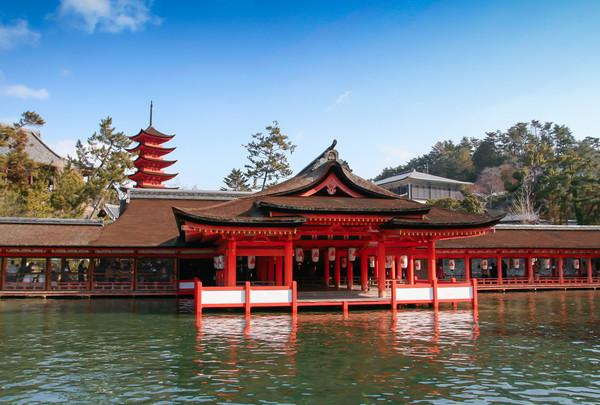
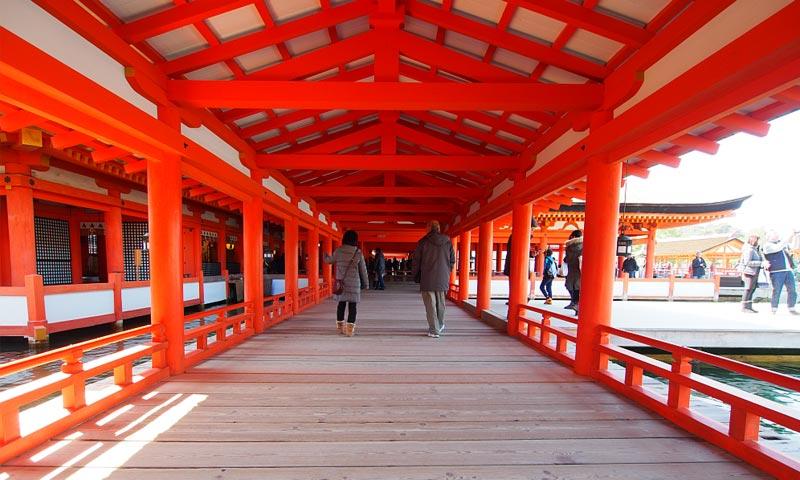
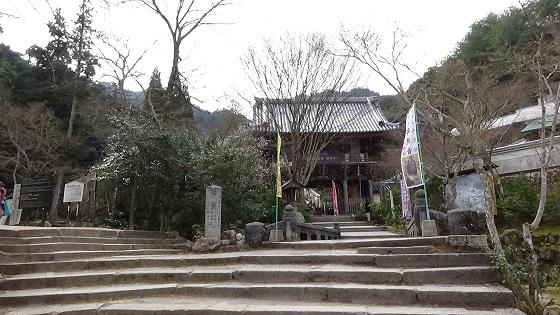
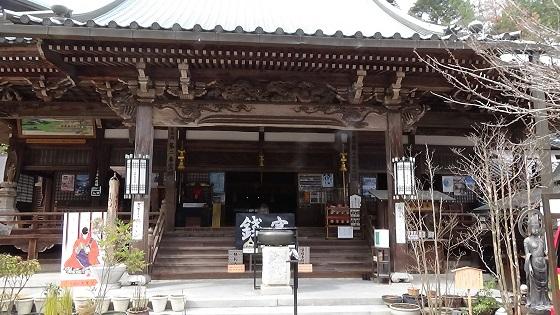
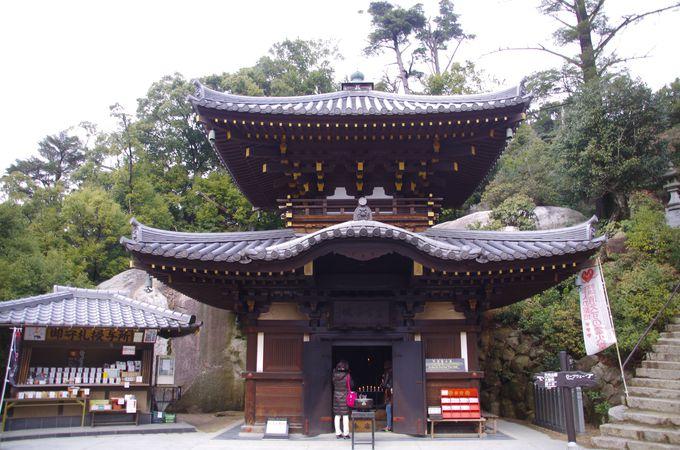
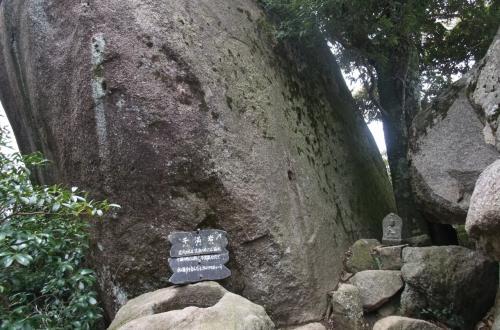
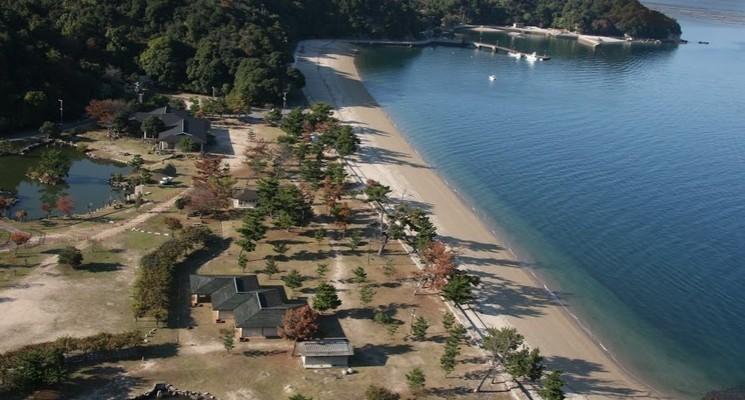
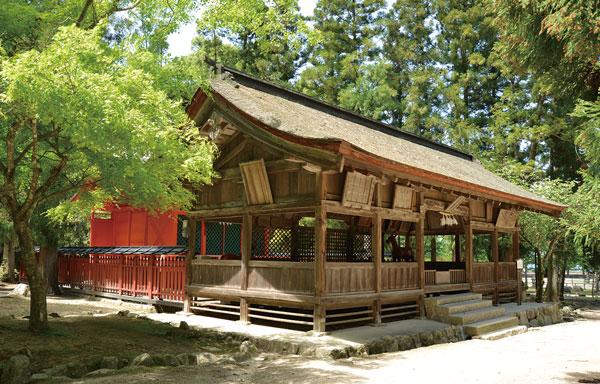
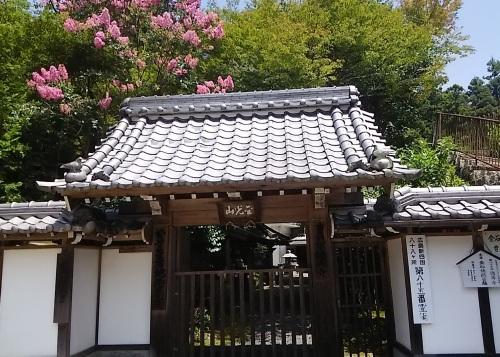
.jpg)

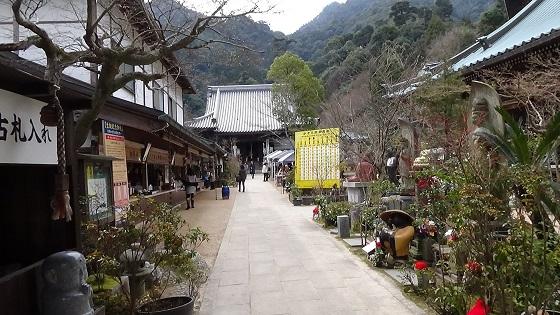
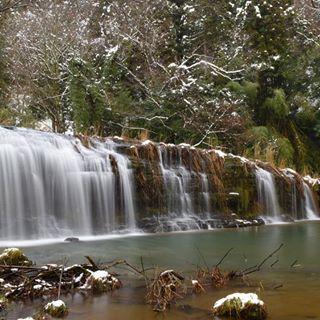
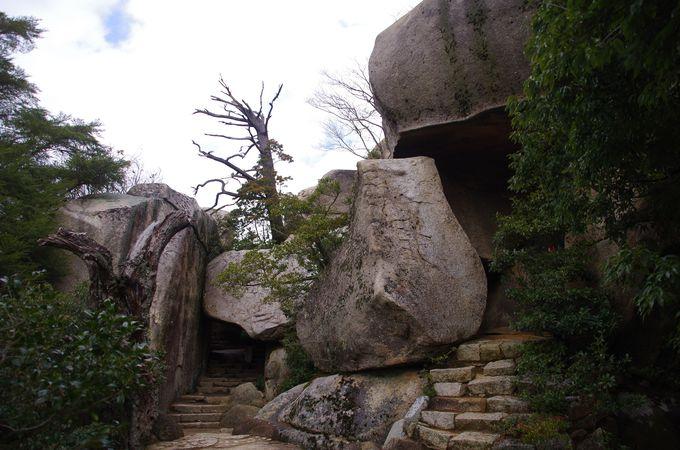
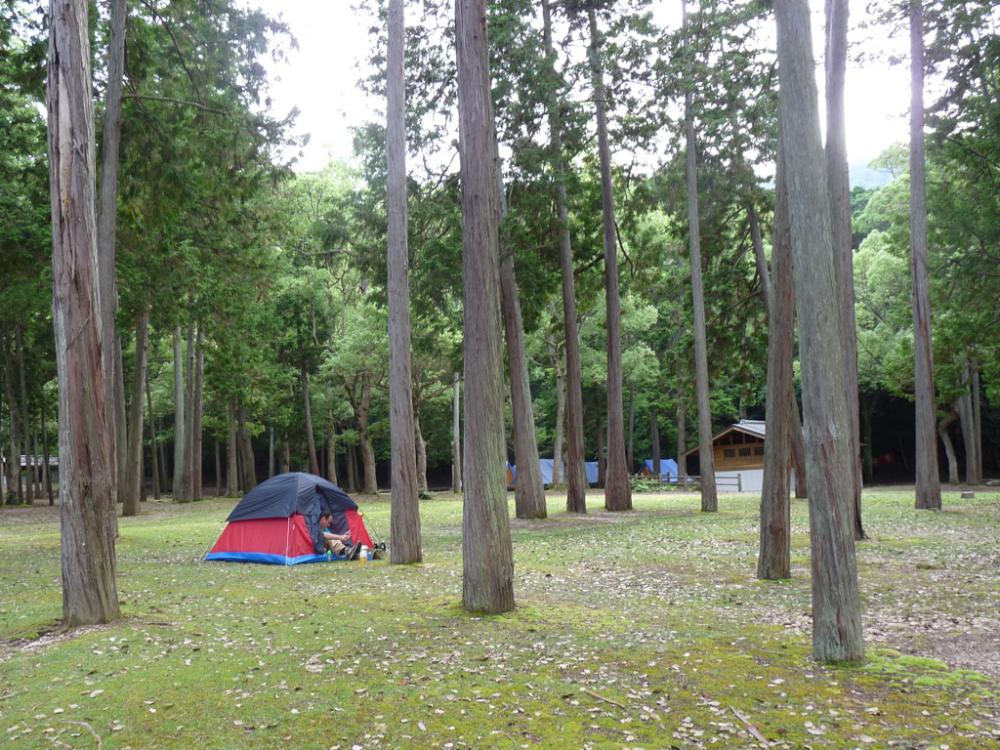
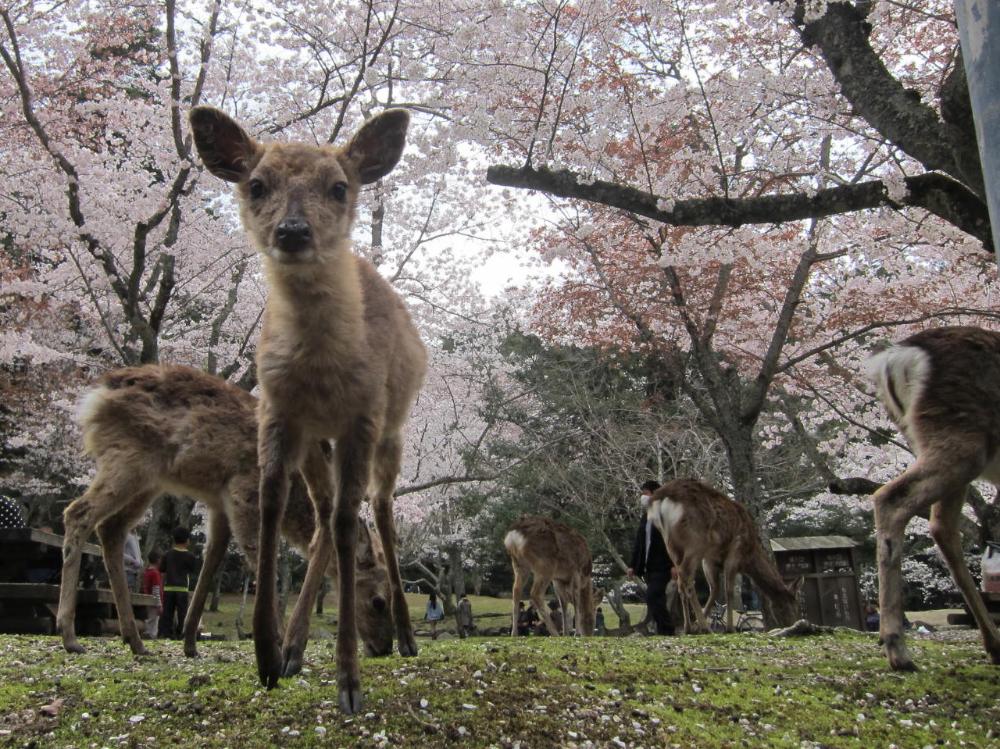
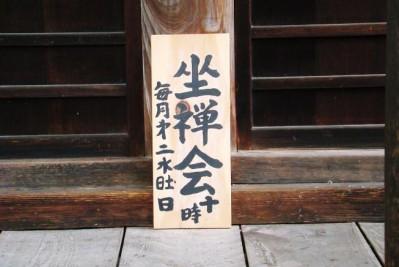
.jpg)
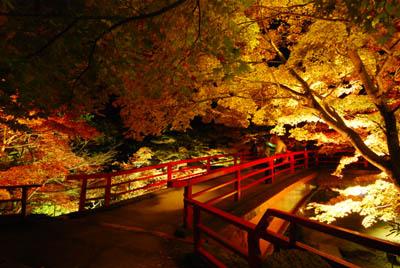

%20(2).jpg)
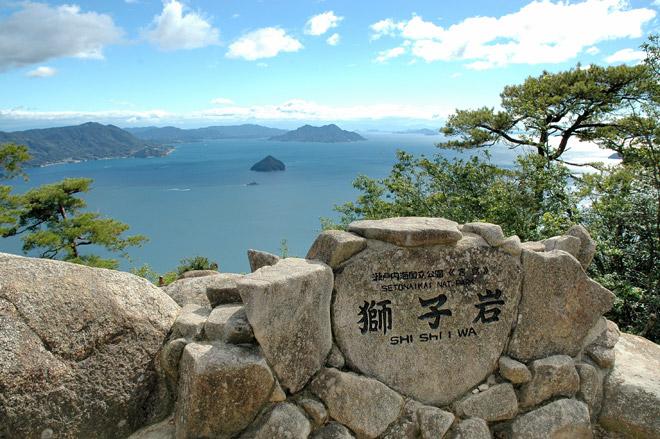
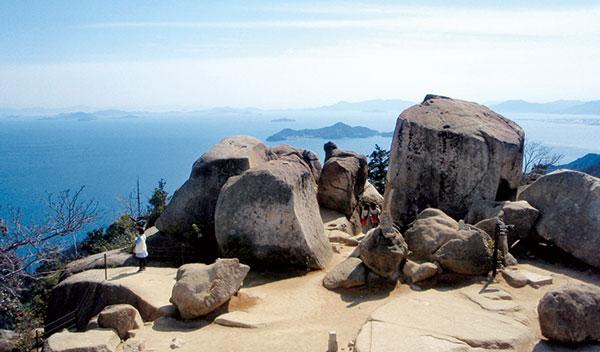
%20(1).jpg)
Cultual Events & Activities
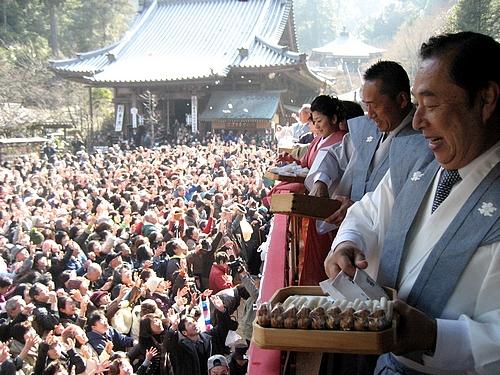
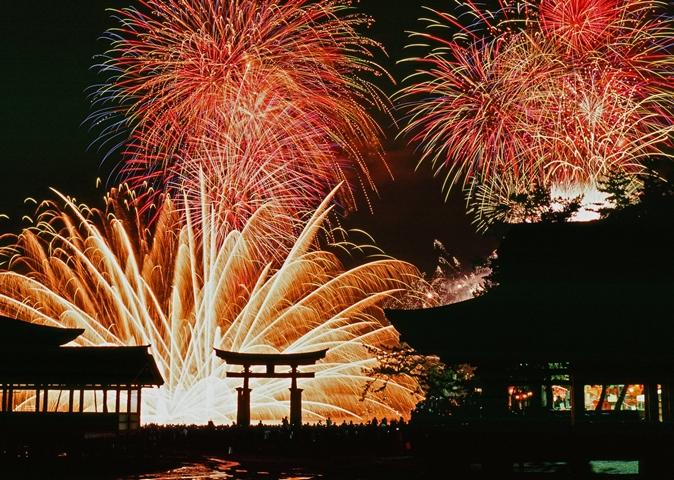
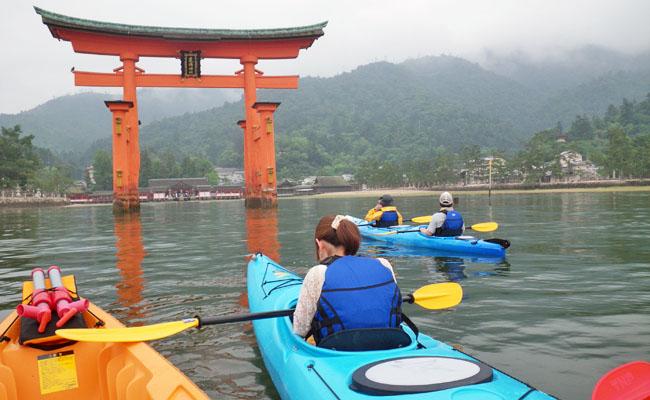
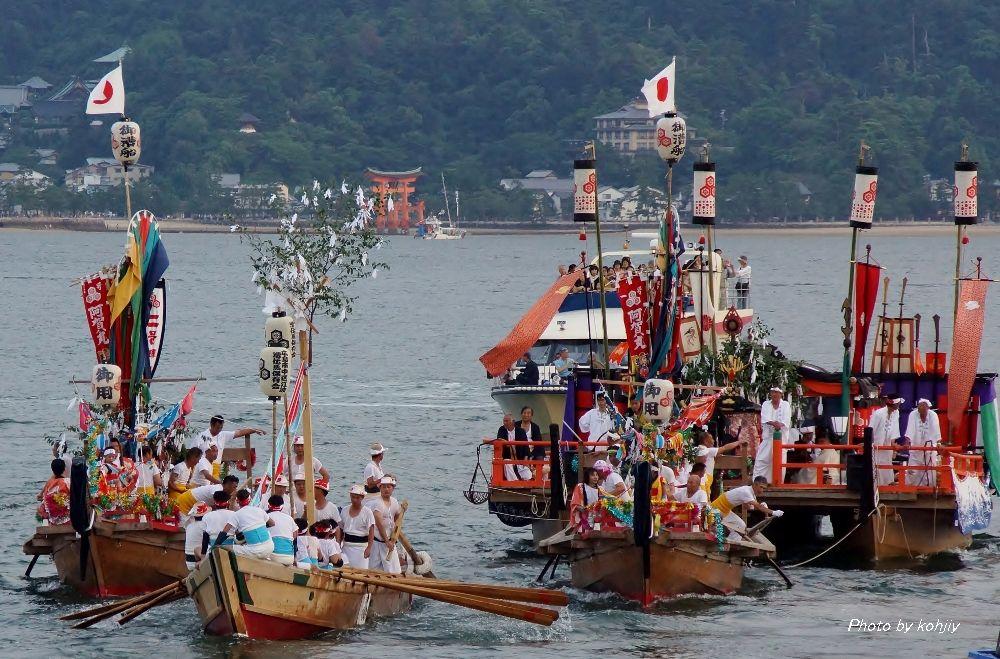
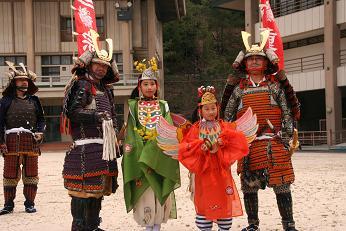
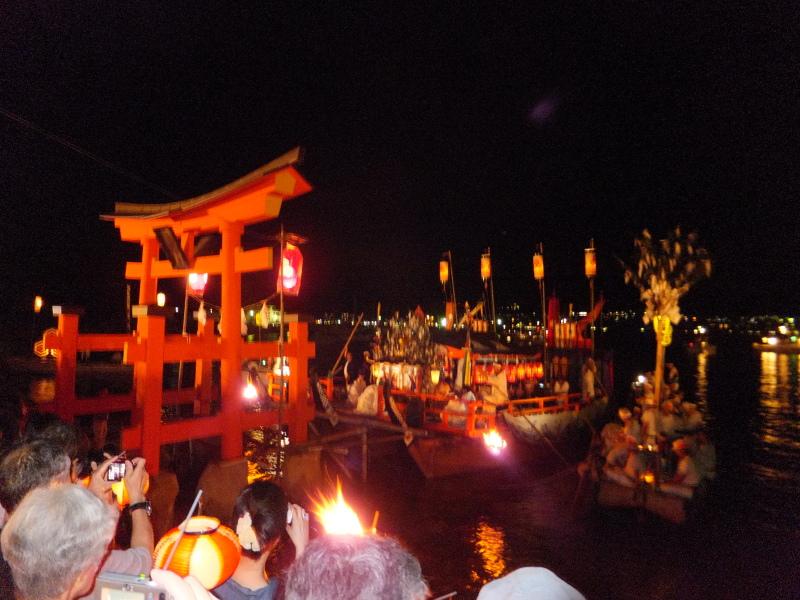
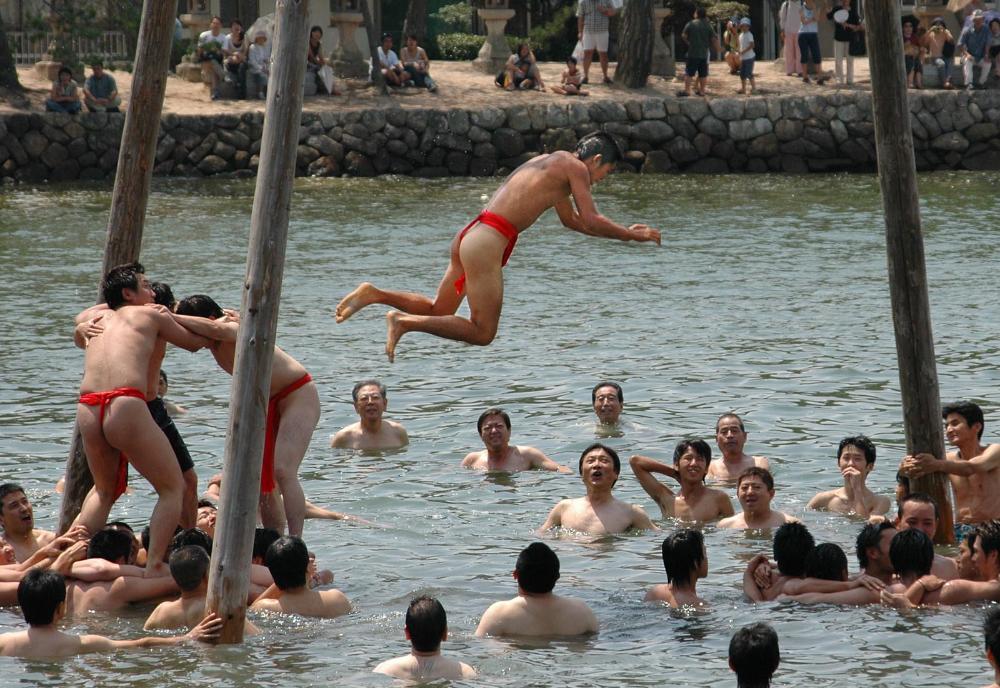
Access:
Take Shinkansen to Hiroshima. Transfer to Sanyo-honsen to Miyajimaguchi (25 minutes). Take a ferry to Miyajima (10 minutes)
- Color of Icon
- View English Map
- Reservation Tips
- Language Assistance
Color of Icon
●Inn ●Temple ●Shrine ●Castle or Ruin of Castle ●Garden ●Park ●Embankment ●Lake ●Other
View English Map
Reservation Tips
Language Assistance
See other hotels near Iwaso in Miyajima.
Please note:
After you booked accommodation through Booking.com, all subsequent processes such as cancellation and booking status change need to be processed on Booking.com system.






